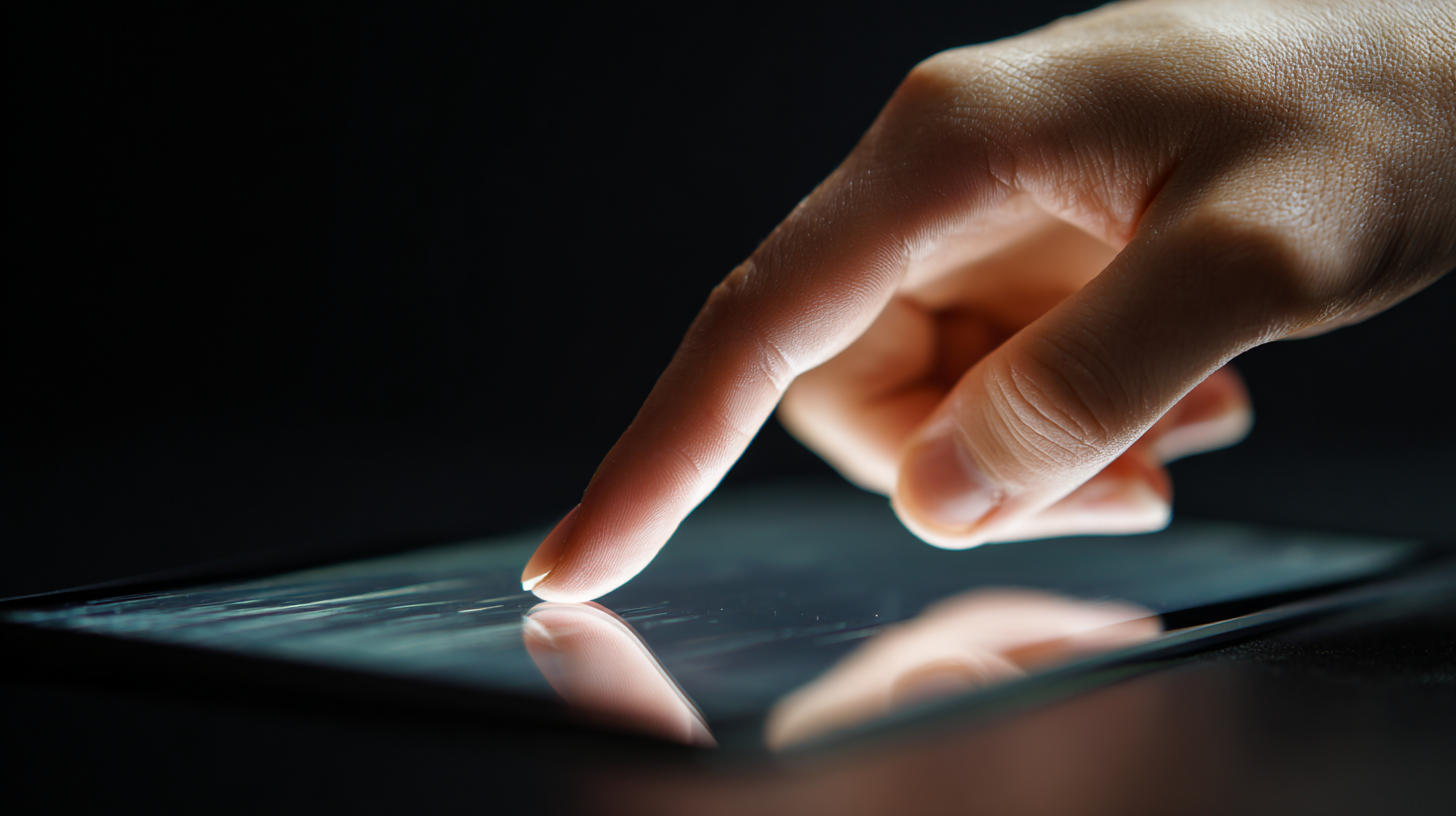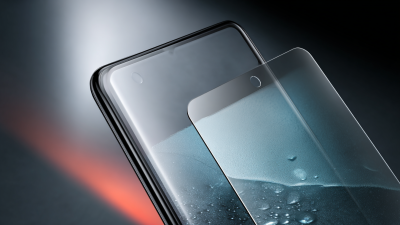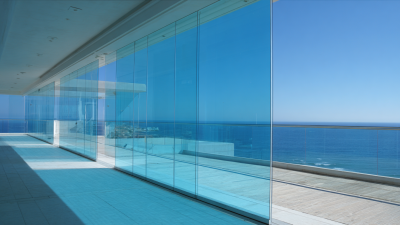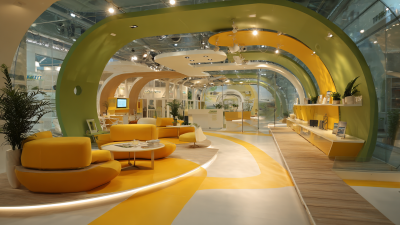
The importance of "Cover Glass for Touch Panel" applications cannot be overstated, as these components significantly enhance the performance and durability of touchscreen devices. According to a recent report by the market research firm IHS Markit, the global cover glass market for touch panels is expected to reach $4.5 billion by 2025, reflecting a compound annual growth rate (CAGR) of 15%. Such growth indicates the increasing reliance on advanced glass solutions in consumer electronics, automotive, and industrial applications.
Industry expert Dr. Emily Chen, a leading figure in materials science, emphasizes the vital role of cover glass in touchscreen technology. She asserts, “The incorporation of superior cover glass in touch panel applications not only improves tactile responsiveness but also extends the lifespan of devices significantly.” As manufacturers strive to meet consumer demands for sleek, durable, and high-performing electronic devices, the benefits of utilizing cover glass become increasingly evident.
In this context, the five key benefits of using cover glass for touch panel applications will be examined, demonstrating how these innovations contribute to enhanced user experience, improved aesthetics, and overall device resilience. Understanding these advantages is crucial for stakeholders aiming to leverage the latest trends in touch technology and ensure competitive positioning in this dynamic market.

The enhanced durability provided by cover glass in touch panel applications is a game-changer for various industries. Cover glass is engineered to withstand harsh conditions, including scratches, impacts, and extreme temperatures, ensuring long-term reliability. This resilience not only protects the underlying technology but also extends the product's lifespan. As touch panels are increasingly used in mobile devices, automotive systems, and industrial environments, the need for robust materials has never been greater.
In addition to its durability, cover glass contributes significantly to the overall performance of touch panels. Its superior optical clarity and resistance to glare enhance user experience by providing sharp visuals and reducing reflections. Moreover, the sleek design of cover glass lends a premium feel to devices, making them more aesthetically appealing. By incorporating cover glass, manufacturers can combine durability with style, meeting the demands of consumers while ensuring that their products are built to last.
| Benefit | Description | Impact |
|---|---|---|
| Enhanced Durability | Cover glass protects touch panels from scratches and impacts. | Increases lifespan of devices. |
| Improved Clarity | High-quality cover glass enhances display clarity. | Provides better visual experience for users. |
| Resistance to Chemical Damage | Cover glass resists common household chemicals. | Protects devices used in various environments. |
| Touch Sensitivity | Maintains high touch sensitivity. | Ensures responsive user interactions. |
| Aesthetic Appeal | Sleek design improves the appearance of devices. | Enhances marketability of products. |
In today’s increasingly digital world, touch panels are essential for a variety of applications, from smartphones to industrial equipment. One of the most effective ways to enhance these touch interfaces is by incorporating cover glass. This glass solution not only improves visual clarity but also boosts touch sensitivity, making interactions smoother and more intuitive. The transparency of high-quality glass ensures that images and colors remain vibrant while protecting the underlying display from scratches and damage.
When selecting cover glass for your touch panel applications, consider opting for anti-glare or anti-fingerprint coatings. These coatings not only maintain the aesthetic appeal of your screens but also enhance user experience by reducing reflections and smudges. Additionally, ensure that the thickness of the glass is suitable for your application, as this can significantly affect touch sensitivity. Thinner glass often allows for better responsiveness, while thicker options provide increased durability.
Remember to regularly test the touch responsiveness and clarity of your glass. This practice helps to identify any potential issues early on, ensuring that users can enjoy a seamless experience. Investing time in optimizing these aspects can lead to higher user satisfaction and long-term effectiveness in your touch panel applications.
Using cover glass for touch panel applications not only enhances functionality but also significantly boosts the aesthetic appeal of devices. The sleek and polished look of cover glass adds a level of sophistication that resonates with modern design principles. Whether it’s a smartphone, tablet, or interactive kiosk, the seamless integration of cover glass elevates the overall visual experience, making devices more attractive to users.
Tip: When selecting cover glass, consider options with anti-reflective coatings to further enhance visibility while maintaining that sleek aesthetic. This ensures that your device looks stylish while remaining functional in various lighting conditions.
Moreover, the thin profile of cover glass allows for a minimalist look that can effectively reduce bulkiness in devices. This trend towards thinner, sleeker designs not only appeals to consumers' tastes but also supports ergonomics, making devices easier to handle and use.
Tip: Choose cover glass with custom printing options to personalize the look of your device. Unique designs or branding can make your product stand out in a crowded market while still benefiting from the protective qualities of cover glass.
 Cover glass plays a crucial role in enhancing the durability of touch panel applications, particularly by providing increased resistance to environmental factors. One of the primary challenges faced by touch devices is exposure to contaminants such as dust, moisture, and UV radiation. Cover glass acts as a protective barrier, safeguarding sensitive electronic components from these elements. Its robust surface ensures that devices remain functional and aesthetically pleasing, even in harsh conditions, making it ideal for outdoor and industrial settings.
Cover glass plays a crucial role in enhancing the durability of touch panel applications, particularly by providing increased resistance to environmental factors. One of the primary challenges faced by touch devices is exposure to contaminants such as dust, moisture, and UV radiation. Cover glass acts as a protective barrier, safeguarding sensitive electronic components from these elements. Its robust surface ensures that devices remain functional and aesthetically pleasing, even in harsh conditions, making it ideal for outdoor and industrial settings.
In addition to physical protection, cover glass can also contribute to improved optical performance. By minimizing glare and reflections, it enhances visibility in bright environments, allowing users to interact with their devices more effectively. This is especially important for applications in mobile devices, kiosks, and vehicle displays, where ambient light can significantly impact user experience. Overall, the integration of cover glass not only extends the lifespan of touch panels but also enhances their usability by providing a resilient yet visually appealing interface for users in diverse environments.
 Cover glass has become increasingly popular in touch panel applications due to its cost-effectiveness and longevity. According to a recent report by Smithers Pira, the global touch screen market is projected to reach $34.6 billion by 2025, with cover glass playing a crucial role in this growth. Its durability and resistance to scratches and wear enhance the lifespan of touch panels, reducing the need for frequent replacements. Cover glass materials, such as Corning Gorilla Glass, have been shown to withstand drops and bumps, offering significant savings in maintenance costs over time.
Cover glass has become increasingly popular in touch panel applications due to its cost-effectiveness and longevity. According to a recent report by Smithers Pira, the global touch screen market is projected to reach $34.6 billion by 2025, with cover glass playing a crucial role in this growth. Its durability and resistance to scratches and wear enhance the lifespan of touch panels, reducing the need for frequent replacements. Cover glass materials, such as Corning Gorilla Glass, have been shown to withstand drops and bumps, offering significant savings in maintenance costs over time.
Moreover, the integrated manufacturing processes for cover glass allow for lower production costs compared to alternative displays. A study from Research and Markets indicates that adopting cover glass in touch systems can decrease overall system costs by up to 15%. This, combined with their ability to maintain optical clarity and touch responsiveness, makes cover glass a wise investment for manufacturers looking to enhance product durability while keeping expenses manageable. As industries continue to seek cost-efficient solutions without compromising quality, the adoption of cover glass in touch panel applications is set to expand rapidly.





